WE Investigation: Part 3
After three years, some say Wellness has lost its way
PHIL CARRUTHERS/The Vermont Cynic
Wellness Environment students sit outside the Central Campus Residence Hall Sept. 15 for the ribbon-cutting ceremony celebrating the new dorm.
February 19, 2018
Since it began, the Wellness Environment has lost what initially attracted many students: an inclusive, holistic approach to wellbeing, several UVM community members have said.
Though some are satisfied with what WE offers, others said that instead of focusing on the wellbeing of its students, the administrators are more concerned with increasing the community’s positive reputation — sometimes to the detriment of students with significant health needs.
WE doesn’t focus on the health of students recovering from substance abuse problems, said Amy Boyd Austin, director of the Catamount Recovery Program, a University-run program for students in recovery from addiction.
“WE has nothing to do with recovering students,” she said. “They have no place for students in recovery.”
She feels that WE perpetuates the white, thin ideal her organization works to fight against because of its approach counting calories and tracking exercise, Boyd Austin said.
“[It’s] like there’s a ‘one size fits all’ kind of thing as opposed to acceptance and doing what’s right for you and feeling good in your body,” she said.
She also raised concerns with the WE zero-tolerance alcohol policy, which removes students from housing if they are found with alcohol.
This is problematic because students are just relocated to a different building, she said.
“It’s not like you’re kicked out of UVM and/or housing,” Boyd Austin said. “You just don’t get to live in WE.
“So if the person has a problem with a substance, you’re pawning that problem off on some other residence hall to deal with, and that’s not cool.”
Boyd Austin said Living Well is a space for all students, but WE is exclusive.
The Wellness Environment, which serves select students, has been given less space and fewer resources, she said.
The Catamount Recovery Program operates out of a shared space on campus.
Assistant WE Director Jeff Rettew said his program doesn’t focus on counting calories and reinforces positive impacts of exercise on the brain.
“We’ve tried to be really intentional,” he said.
WE communicates with the Catamount Recovery Program, but there is no sub-community for recovering students.
But students in recovery are welcome in WE, he said.
“We’re trying to hold students accountable to the [WE code of conduct] that they signed, but in the case of the code being broken, we’re sending them to another UVM community that has resources for them,” Rettew said.
Students are offered the option of Catamount Recovery Program if they have substance abuse issues, he said.
The WE code changed Nov. 13. Students returning to the residence hall intoxicated and needing medical help will not lose their housing.
Sophomore Sarah McLaughlin said she joined WE because of its substances policy.
“I decided to join WE because I wanted a relatively alcohol and drug-free environment,” McLaughlin said. “I know technically campus is dry, but that’s not true and everyone knows that.”
McLaughlin said WE met her expectations as she has never had a personal experience with other WE students drinking or smoking in the dorms.
But Sophomore WE resident Marissa Flynn said she is disappointed about the impact the program’s size has had on its quality.
“They have expanded the program a lot, so it doesn’t feel specialized and it doesn’t feel like they care about us anymore,” she said. “I think they shifted their priorities.”
Last year, she felt the program focused more on individual student needs, Flynn said.
“As more students are being put into it, it feels like it’s becoming more of a study than being about wellness anymore,” junior Meagan Cummings said.
In fall 2016, 86.83 percent of students who were in WE returned to the program, according to Steve Szopinski, a University assessment and technology specialist in the Department of Student Affairs.
In its first year, WE had 124 students, according to UVM records.
It has grown over a three-year period, first to 477 students, then to 1,160, according to Szopinski.


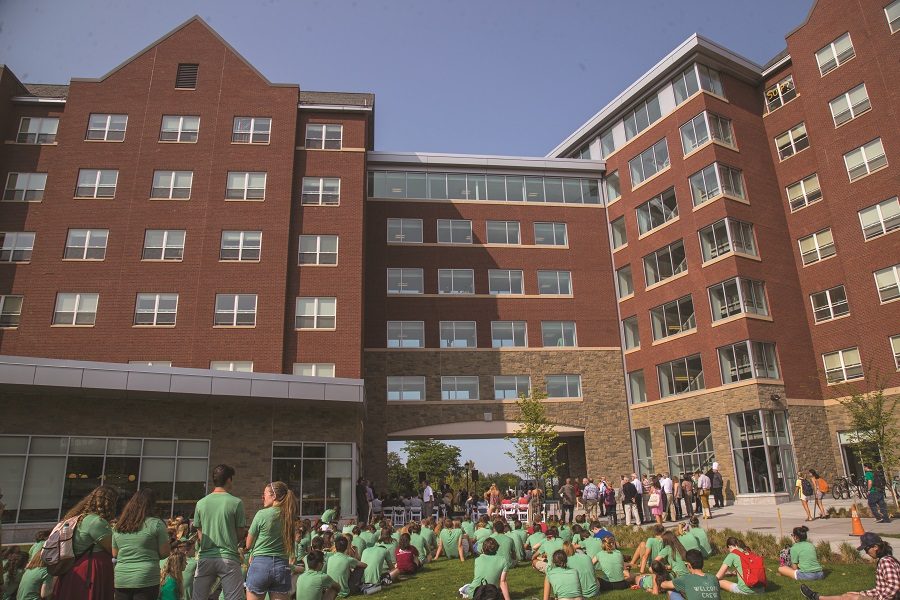
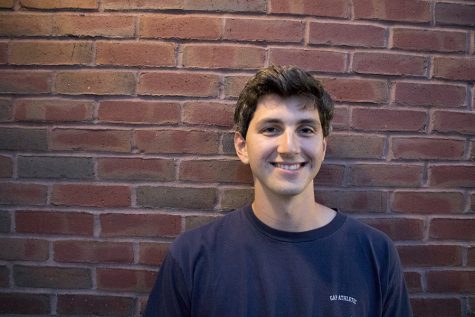





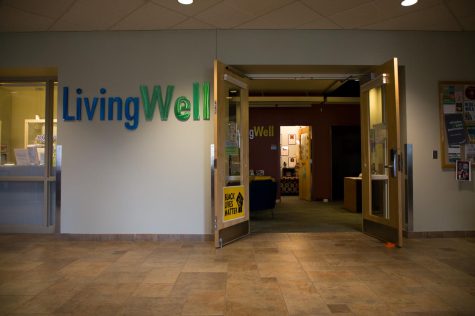

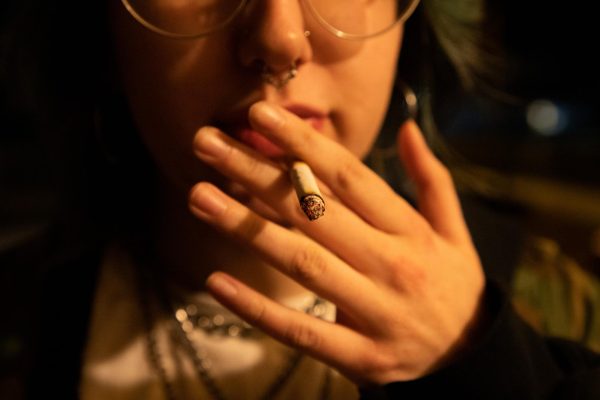
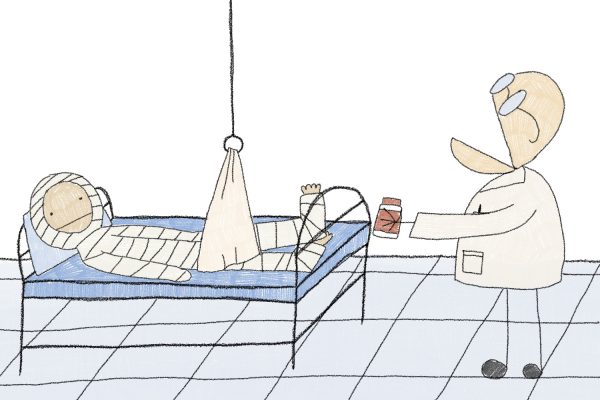
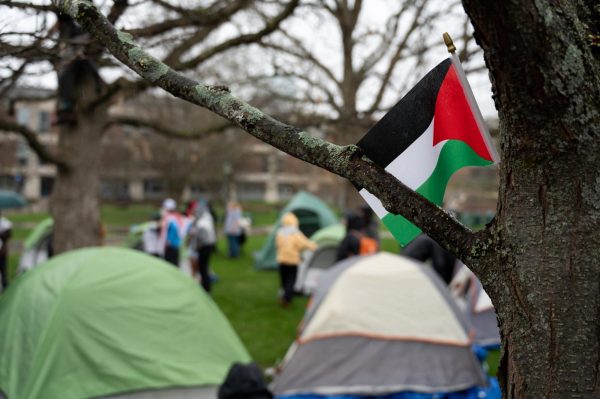
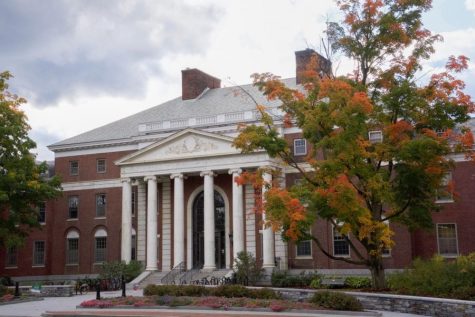

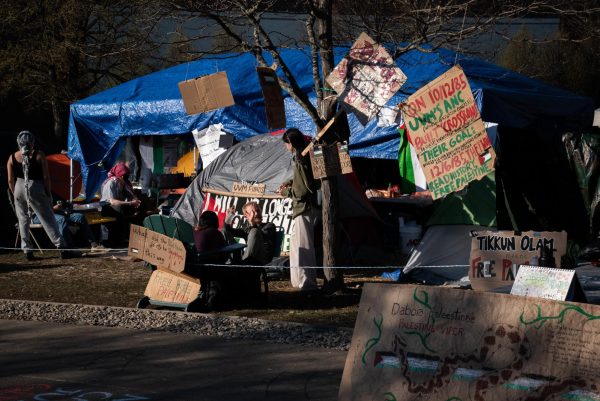
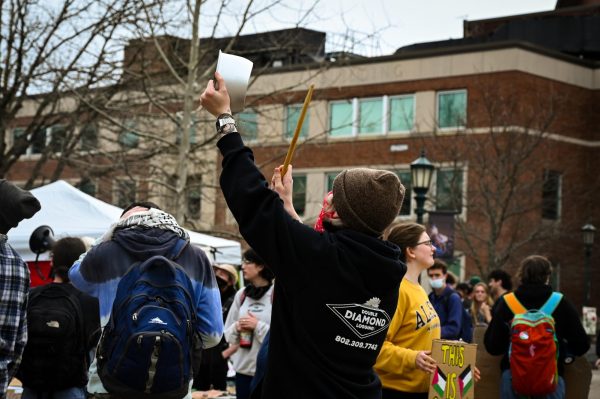

Benjamin Patten • Feb 22, 2018 at 10:02 pm
While I feel this article is relevant to the quality attention students in WE receive, you as authors totally manipulated what was said about the Catamount Recovery Program. Yes the group meets in shared spaces with the WE, but they are totally separate entities. It is clear that what you quoted the program director saying was heavily taken out of context, and in the future I encourage you to publish ALL factual information rather then exploit interviews to advance whatever agenda you are pushing.